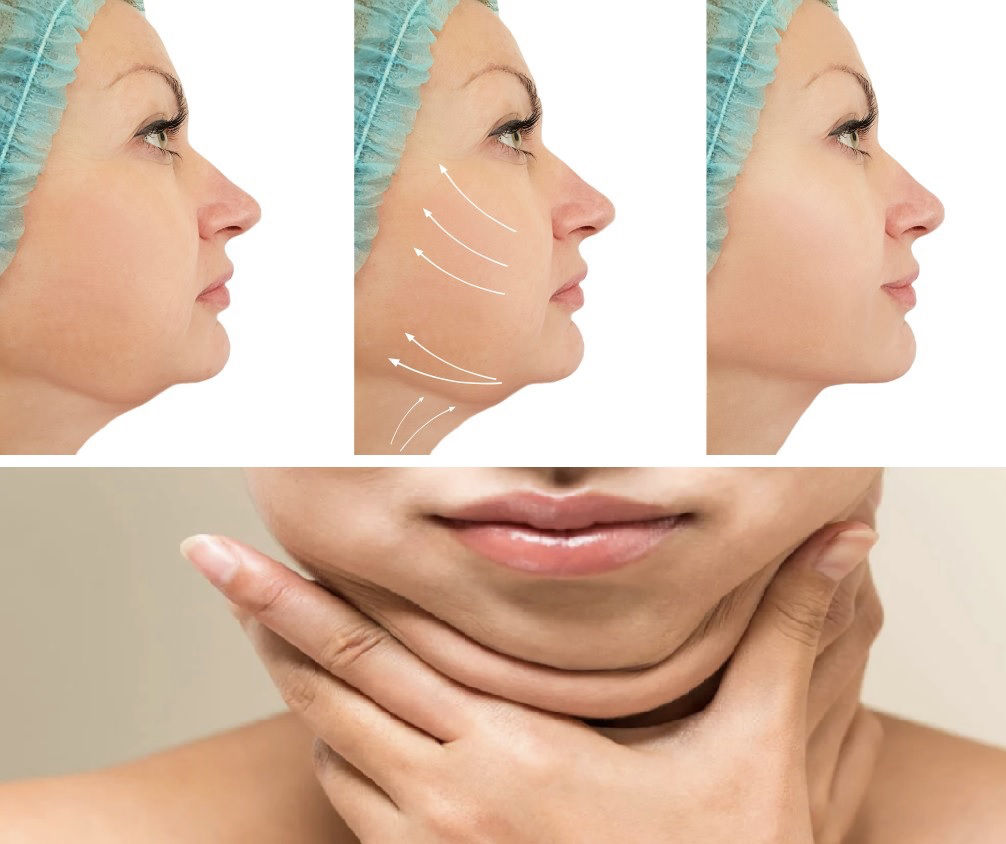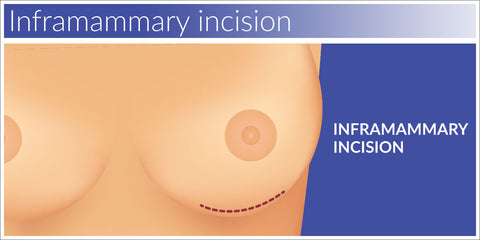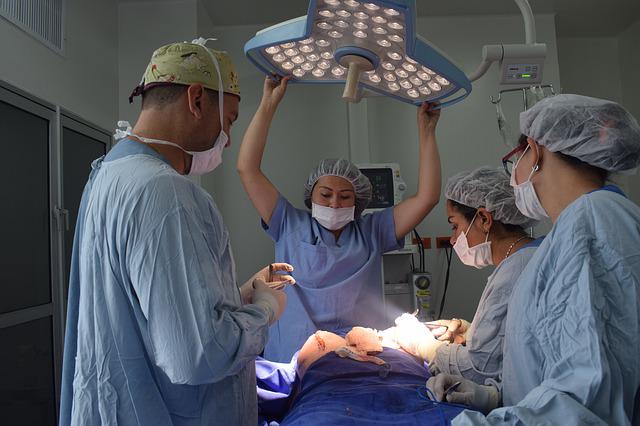
These are the most important things to remember if you are thinking about a genioplasty. There are risks involved in genioplasty. You need to be fully informed about your options. Below is a brief overview of Osseous, Sliding, and Non-Surgical Gynecologic Surgery. Know what to expect following your procedure.
Osseous genioplasty
Osseous Genioplasty is a popular cosmetic procedure for women looking to improve their appearance. The procedure is performed inside the mouth, with no visible scars. It takes approximately an hour to perform and can either be done alone or as part a facial procedure. Patients can receive this procedure alone, or in combination with other types of plastic surgery to enhance their appearance. You can read more about osseous generation.
An osseous genioplasty is usually part of a larger procedure, such as a push-back or side-to-side movement. Patients were generally satisfied with the outcome of the procedure. Active dental infections can cause jaw problems and should be treated before surgery. Patients should also be open about any prior orthodontic or orthognathic procedures, as well as any medication or smoking habits.

Sliding genioplasty
Your medical history will be reviewed by the surgeon performing sliding-genioplasty. He or she will also ask about your expectations regarding the outcome. To determine your surgical options, X-rays and CT images of your jaw may be taken. After you've chosen a surgeon, the sliding genioplasty procedure can usually be completed in a short time and is relatively safe. However, there are some possible complications. Most common complications are bleeding, infection, and adverse reactions to anesthesia. Pre-operative instructions should be followed carefully to reduce the chance of complications.
Your surgeon will perform a detailed cephalometric scan of your head and measure your chin before you undergo this procedure. Cephalometric measurements will help determine if there are any transverse or overprojection issues. A standard facial photograph will be taken to determine your transverse dimension asymmetry. If you have any of these issues, a sliding genioplasty might be right for you.
Nonsurgical Genioplasty
Nonsurgical genioplasty can be used if you're looking to improve your chin size without having to have a whole surgical procedure. This cosmetic surgery involves moving the jaw forward by removing a portion. This complex procedure involves the use plates and screws to secure the jaw. Nonsurgical genioplasty on the other side is simpler because the surgeon works with your own bone.
Two methods are available for non-surgical genioplasty. A sliding technique is where the doctor makes incisions under the chin and lower lip. Another option is to position the chin bone via wires. This procedure is for people with retrogenia or a receding chin. The recovery time varies depending on the type of procedure and the corrections performed.

The risks of genioplasty
Genioplasty, despite the many advantages, can be dangerous. These risks include numbness at the chin and lower lips. This may last several weeks or months, and can even become permanent. The numbness is a common side effect of the procedure and the brain can adjust to it. Patients should follow the surgeon's instructions and seek medical advice if the pain or bleeding continues or persists.
While there are many complications associated with genioplasty, the most common one is temporary neurosensory disturbance of the inferior alveolar nerve. Preoperative counseling and informed consent can help to avoid these complications. Sliding genioplasty is a procedure that moves the chin bone forward by moving it forward. It is best not to have this procedure if there are any underlying medical conditions.